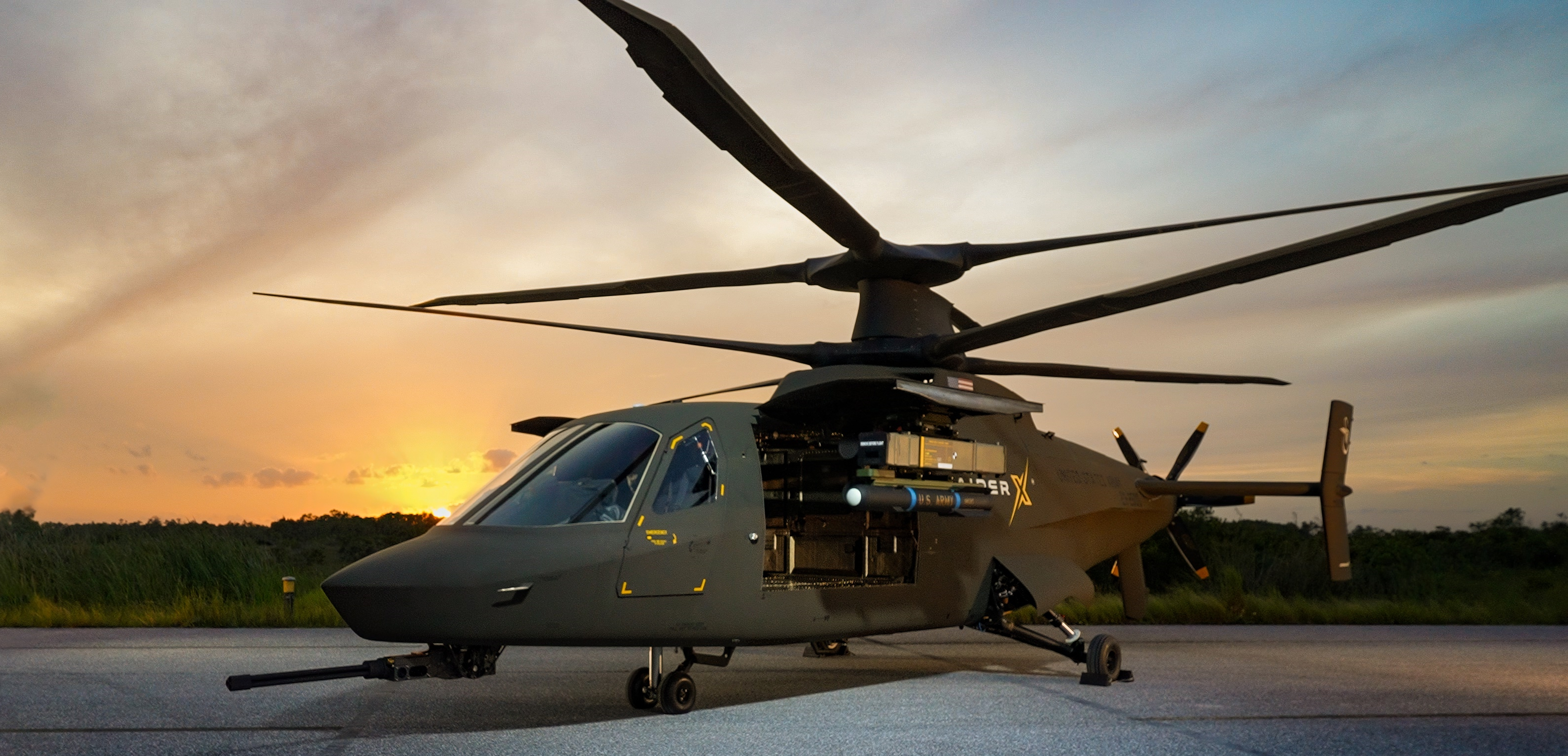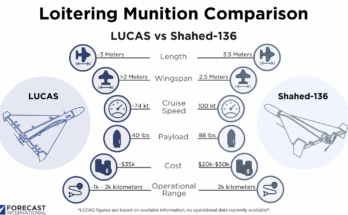
Jockeying is beginning for rotorcraft manufacturers to build their case for NATO’s Next Generation Rotorcraft Capability Program (NGRC). The NGRC initiative began in 2022 with partners France, Germany, Greece, Italy, the Netherlands, and the U.K. Canada will soon join the team, and the U.S. and Spain are acting as observers.
The major European effort will field a multi-mission, medium-lift rotorcraft capable of carrying 12 to 16 troops at speeds reaching 220 knots with a 900 nm range. The new optionally-manned platform will replace some 900 helicopters slated to retire between 2035-2040.
An early February request for proposal (RFP) released by the NATO Support and Procurement Agency (NSPA) called for industry members to submit concept designs for the aircraft. Program officials aim to select three prime manufacturers by mid-summer to deliver completed studies by late 2025.
Though specific bidders are yet to be announced, the program is sure to involve familiar players Airbus, Lockheed Martin-Sikorsky, Bell, and Leonardo. Most are already participating in related study contracts, and some have announced plans to bid. Last summer, Sikorsky President Paul Lemmo said the company was working on a design study adding, “We certainly think that X2 fits very well with a number of requirements they [NATO] have and will continue to work on that as time moves on.”
Sikorsky’s X2 coaxial rotor technology featured prominently on the Raider X prototype for the U.S. Army’s recently canceled Future Attack Reconnaissance Aircraft (FARA) program. After losing the FARA opportunity and the competitive bid for the Army’s Future Long Range Assault Aircraft (FLRAA) to Bell in 2022, Sikorsky is eager to secure a win for its X2 design with NGRC.
Bell Textron, posturing to secure its NGRC position, announced the signing of an MOU with Leonardo on February 28th to “evaluate cooperation opportunities in the tiltrotor technology domain.” In a press release, Bell stated it would take a supporting role with Leonardo leading on a tiltrotor proposal for the NGRC design. Leonardo and Bell’s success in developing their respective AW609 and V-280 tiltrotors will influence their work on the NGRC design.
Following the Army’s decision to field the V-280 tiltrotor for FLRAA and scrap the FARA program in favor of “enduring, unmanned, and space-based assets,” the NGRC effort is poised to continue the debate over the future prevailing design of rotorcraft platforms. Based on operational requirements, will NATO look to a conventional helicopter, tiltrotor, or some mixed uncrewed design to outfit Europe’s rotorcraft fleet for the coming decades?
A former naval officer and helicopter pilot, Jon covers a range of Forecast International reports and products, drawing on his 10-year background in military aviation, operations, and education. His previous military assignments include multiple overseas deployments supporting operations in the Arabian Gulf, NATO exercises, and humanitarian missions. Jon’s work is also influenced by his time as a former Presidential Management Fellow and international trade specialist at the Department of Commerce.
Before joining Forecast International, Jon also served as an NROTC instructor and Adjunct Assistant Professor at the University of Texas, where he taught undergraduate courses on naval history, navigation, defense organization, and naval operations and warfare. A lifelong reader and learner, his academic and professional interests include aviation, political and military history, national defense and security, and foreign area studies.




